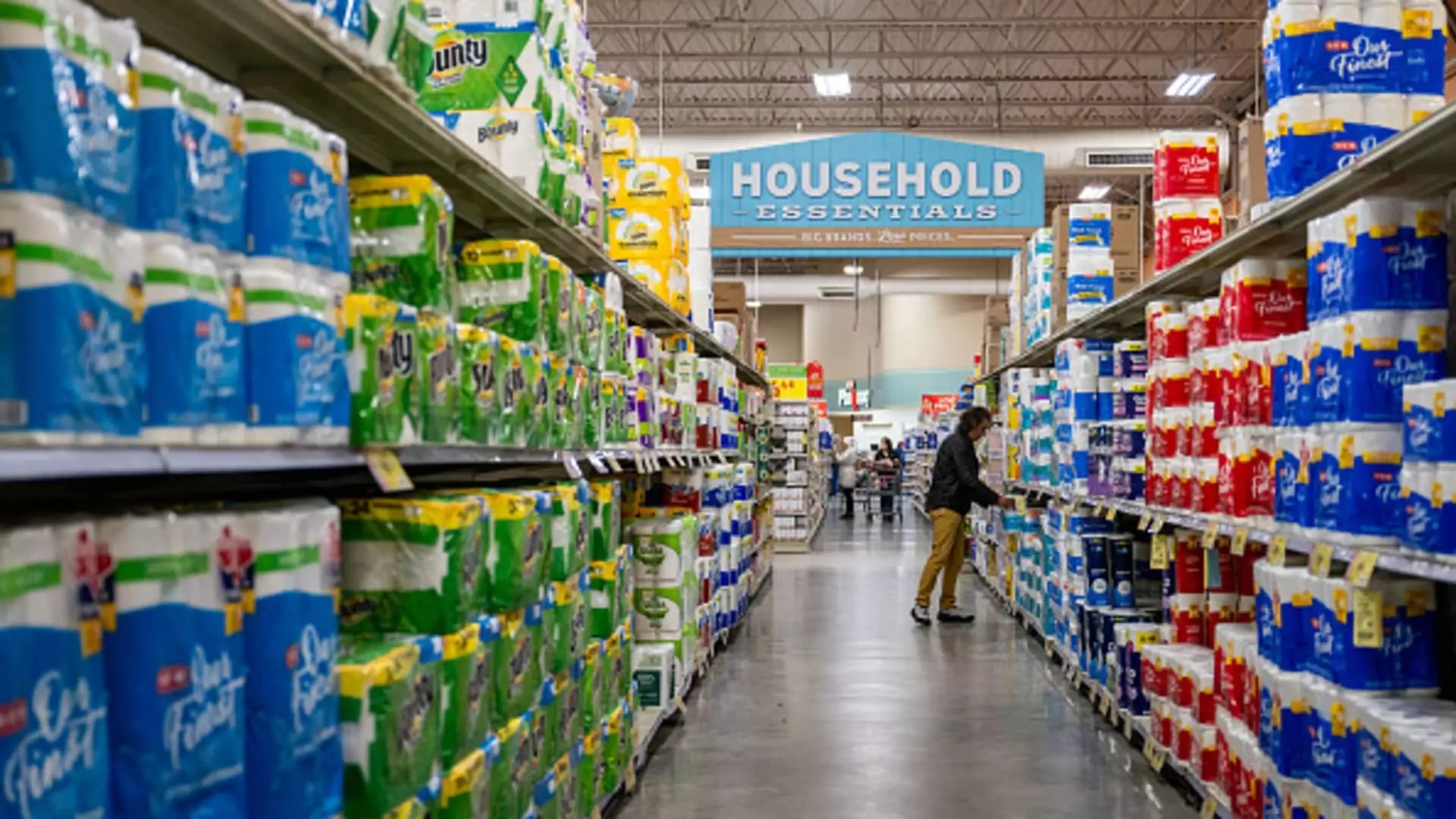As a nation striving for economic independence and job creation, the recent announcement of new tariffs by the Trump administration could be seen as a bold move in the quest for a self-sufficient economy. However, with potential increases in prices for everyday items such as coffee, bananas, and toilet paper looming, one must ask whether the cost to consumers justifies the economic strategy at play. These tariffs are not merely a bureaucratic decision but a financial burden that could ripple through every American household.
Amidst this political maneuvering, economists and industry leaders, like those from the Consumer Brands Association, have voiced a stark reality: many essential ingredients critical to American consumers are not available domestically. The current U.S. tariff levies will inflatively impact the price of several staples that families rely on. In pursuit of the so-called “America First” trade policy, we risk destabilizing our own livelihoods. How can an administration insist on supporting its citizens while simultaneously pushing policies that will inflate costs, affecting the very people it claims to protect?
The Ripple Effect of Tariffs
Understanding the broader implications of these tariffs requires a closer examination of our economy. For instance, how many Americans realize that almost 40% of the bananas they consume are sourced from Guatemala? With a new 10% tariff set to hit imports, even these simple pleasures could see a disproportionate increase in price. Similarly, vanilla—which already bears a hefty price tag—will face a staggering 47% tariff as imports from Madagascar are scrutinized.
Such actions do not merely affect individual consumers; they extend into the very fabric of our culinary experiences. The average American home cook could find themselves grappling with unaffordable spices and out-of-reach comfort foods as domestic substitutes simply aren’t feasible. The lack of domestically grown substitutes, particularly for tropical products like vanilla, illustrates an economic naïveté driven more by political fervor than by sound judgment.
The Agriculture Conundrum
Perhaps one of the starkest realities is in our agricultural dependency on foreign goods. With 90% of oats milled for food coming from Canada—following decades of agricultural trend shifts that curtailed domestic oat production—the reluctance or inability to adjust tariff policies could lead to shortages and inflated grocery bills. Parallel declines in U.S. farming indicate that vast portions of our supply chain have become excessively reliant on imported goods. The aspiration for a better-bred agricultural system must expand beyond rhetoric; true change necessitates investment in domestic farming capabilities, not penalties that discourage importation.
To abyssmally misjudge these realities by imposing sweeping tariffs without allowances for specific goods shows an almost willful ignorance. The costs won’t simply be absorbed; they will be passed on to the consumer, leading to backlash from households already facing financial strains.
The Unintended Consequences
Ultimately, tariffs are a blunt tool that can leave hard-working Americans reeling. Essential household items like toilet paper, diapers, lotions, and shampoos are particularly vulnerable as manufacturers adjust to inflated raw material costs driven by new tariffs. As suppliers confront hikes on ingredients such as wood pulp and palm oil that are crucial for production, the direct result will be higher prices at checkout counters.
It’s ironic that while tariffs are intended to safeguard American production, they paradoxically harm American consumers. The rise in costs will not discriminate; every family, irrespective of income level, will feel the pinch, exacerbating economic divides and straining budgets. Following the announcement of these tariffs, market fluctuations indicated a knee-jerk effect: while some stocks in consumer staples briefly climbed, it is essential to wonder who will ultimately bear the burden of these trade policies.
Reassessing Priorities
As we navigate this turbulent terrain, a reevaluation of priorities becomes paramount. The administration’s approach paints a picture of a robust economic strategy, but without addressing key concerns surrounding agriculture, food, and everyday goods, one must wonder if we are deluding ourselves. The policies proposed lack nuance and do not sufficiently consider the complex international supply chain that our economy has come to depend on.
Instead of moving backward into an era of protectionism, we should look forward, embracing the interconnectivity of global trade while supporting local producers. The solution lies not in punitive measures that burden citizens but in fostering innovation and domestic production. Are we truly willing to pay a price—literally and figuratively—for a policy that leaves our essential goods increasingly out of reach?


Leave a Reply